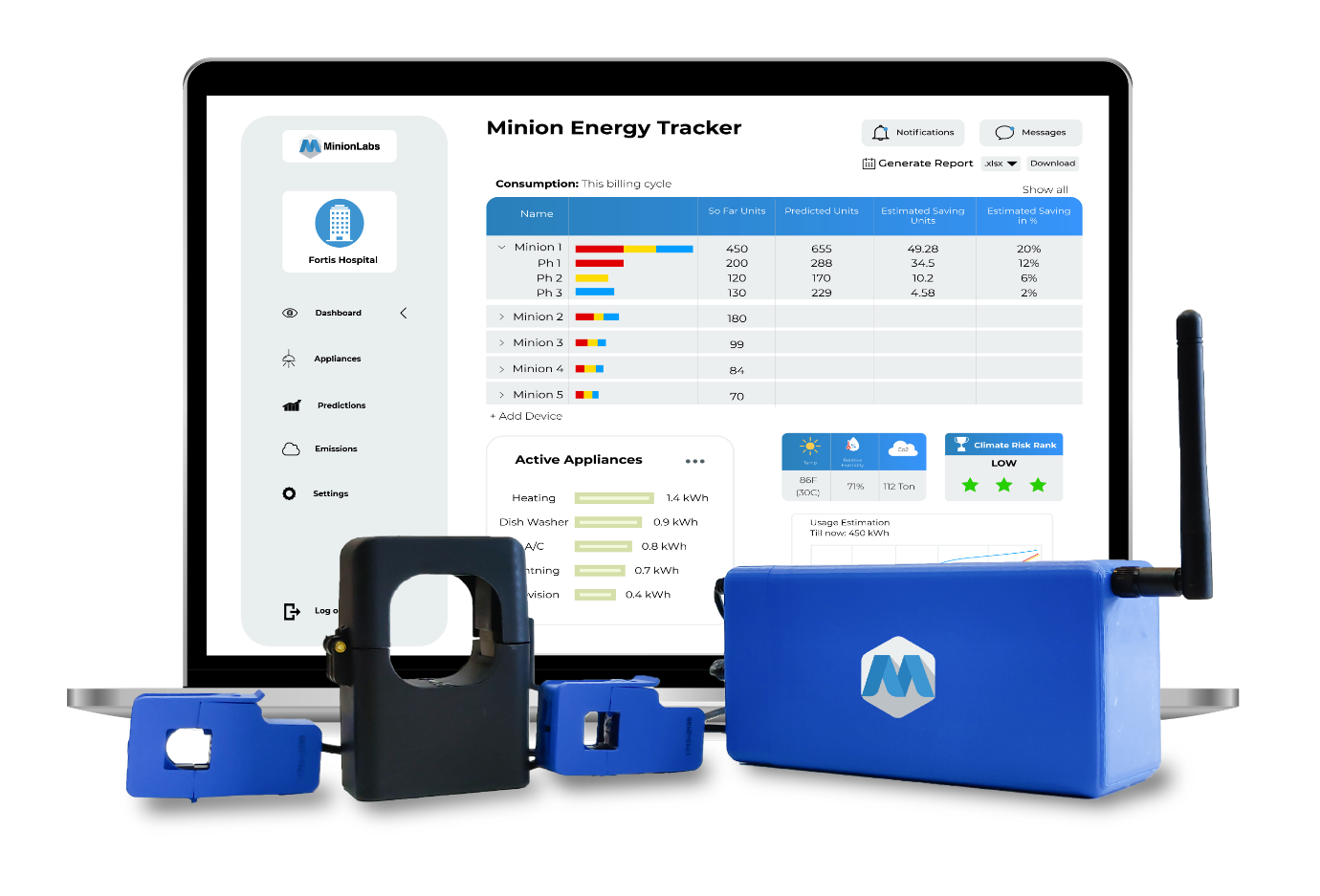
Highlights
- Save energy costs for you and your clients up to 30% in Commercial Buildings and up to 45% in Industries
- Quick, Easy Installation and Low Maintenance
- Tailored Cloud Dashboard with Real-Time and Historical data powered by more than 5 AI practices
- Detect Appliances and Devices activity with the power of NILM
- Find and Benchmark energy guzzling and stand by power appliances and devices
- Predict the energy usage and cost in advance
- Automate your building by adding Minion Smart Switches to the Minion EMS
- Verify the impact of energy-saving measures
- Compare your building with similar sites and get carbon ranked
- Protects your data and your privacy
- Interoperable with IoT Products
- Modular, Flexible, Future-Proof solution
All-in-one Energy Management Solution for all sectors
Highlights
Hospital buildings account for heavy amount of energy consumption due to their 24/7 operations for patient care and other requirements. This consumption rate is larger than other commercial buildings. Hospital building needs uninterrupted and stable supply of electricity without any fluctuation for their operations because any changes in the energy performance will impact on other aspects. The aged and aging equipment in the hospital infrastructure can account to low energy efficiency because of its high energy consumption.
Why do you need minion ems in hospital?
The hospitals have to operate 24/7 for 365 days in a year and the usage of high-cost asset equipment’s like CT scanners, MRI machines and other medical equipment’s consumes enormous amount of energy. Indoor air quality (IAQ) levels must be maintained in appropriate ratio in operating rooms, Emergency rooms, Intensive care units (ICU) and laboratories which require 20 to 30 air changes per hour to prevent the spread of disease in the ventilation system which consumes huge electricity by fans for proper circulation. These rooms require special HVAC pressurizations which run on over-pressure for protective isolation from airborne infection and quarantine rooms require negative pressure and UV lights for infectious isolation.
The deployment of minion will capture the energy consumption data at very granular level of high-cost devices and other medical devices in the hospital. Based on the historical data of energy consumption pattern of the devices (NILM), Minion identifies the chances of downtime and electricity guzzling activities on devices in prior and notifies to the building facility manager immediately in order to avoid downtime and low productivity. This insight from minion will help hospitals to gain 99.9% productivity on machines around a year and also extends the lifetime of machines beyond warranty and guaranty period by predictive maintenance features along with energy savings of up to 30% annually.
Minion has been deployed in these healthcare centres to find where their electricity costs are high. Based on the insights provided by Minion the energy consumption was minimized and saved average 22 % from their annual electricity bills.
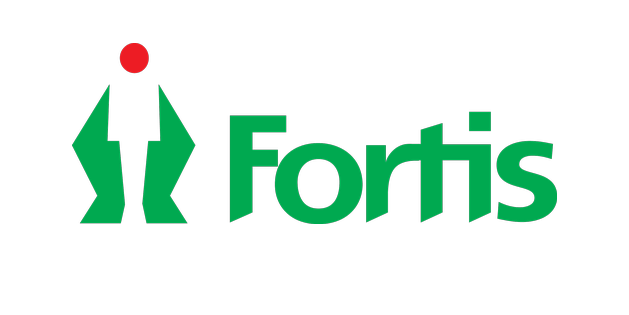
₹18 Lakhs INR Gross Savings from 1.5 Crores Annual Electricity Bill

"Itemised energy consumption insights from minion labs helped to save up to 30% of energy costs at Manipal hospital building situated at Domlur, Bangalore. Energy use isn't tangible nor visible and so it was difficult to save energy. Minion is an easy and affordable monitor giving insights in and control over your energy consumption"
-
Sameer Agarwal
CFO, Manipal
Health Enterprises Pvt. Ltd.
Highlights
Globally, building sector accounts for about 40 percent of total energy consumption which associates with corresponding percentage of overall carbon emissions. Buildings used by businesses and other organizations are the largest contributors for these consumptions and emissions. It is an extremely upfront investment that pays over time while providing additional benefits for reducing the energy consumptions and costs and increasing the energy productivity of an economy.
Why do you need minion ems in retail?
In Retail shopping stores, to provide convenient facilities for customers they require lot of lighting and strong HVAC systems to spread the heating, cooling and ventilation in the appropriate ratio inside the building. These retail store buildings consume large amount of energy. In a typical 50,000 square foot retail building, 75 percent of its total energy is consumed by lighting systems and heating, cooling and ventilation alone.
In case of Retail grocery stores, the energy consumptions can differ due to the refrigeration systems, used for preserving eatables which is another major contributor for electricity consumption. The average retail store size represents 50,000 square foot but the megastores and shopping mall buildings require more than 1 lakh square foot which has the high chances for more electricity consumption and increased costs for electricity.
The distribution warehouses are more important for the online retailers, as the merchandise for retail moves through the supply chain from the manufacturer to warehouses for storage then it gradually distributed to the retail stores or consumers according to their purchases.
According to the research conducted by Carnegie Mellon University, Retail distribution warehouses consumes 1 kWh of electricity per item shipped. The electric motors inside the conveyer belts, compactors and forklifts may consume over 65 percent of electricity in distribution warehouses while these equipment accounts for a greater part of electricity usage, Lighting systems and heating, cooling and ventilation also consumes significant amount of electricity in the warehouses. These energy consumptions will result in increased operational costs which make the building inefficient in energy usage and act as a barrier for saving the energy.
Case Study
According to the carbon trust, a 20% cut in energy costs represents a same profit savings as a 5% increase in sales. This clearly states that the reduction in energy consumption could improve the profit margin. The potential for energy savings can vary according to the size of the retail store buildings, the large format stores and small format stores have differing levels of energy consumptions based on the equipment’s used inside the building infrastructure and the age of the building.
-
Large Format Stores
Large format stores or megastores have an energy consumption reduction potential of 15 to 30 percent annually through the individual device wise insights delivered by the minion analytics dashboard. This information makes the building operators to use the energy efficiently and reducing the operational costs.
-
Small Format Stores
In small format stores, the energy savings can be made up to 5 to 15 percent annually, the limited HVAC utilization and lighting based on the size of buildings and these type of retail stores consumes typically less energy comparing to the large format stores. The insights given by minion analytics dashboard transform small format retailers to reduce the energy consumption and save the energy costs.
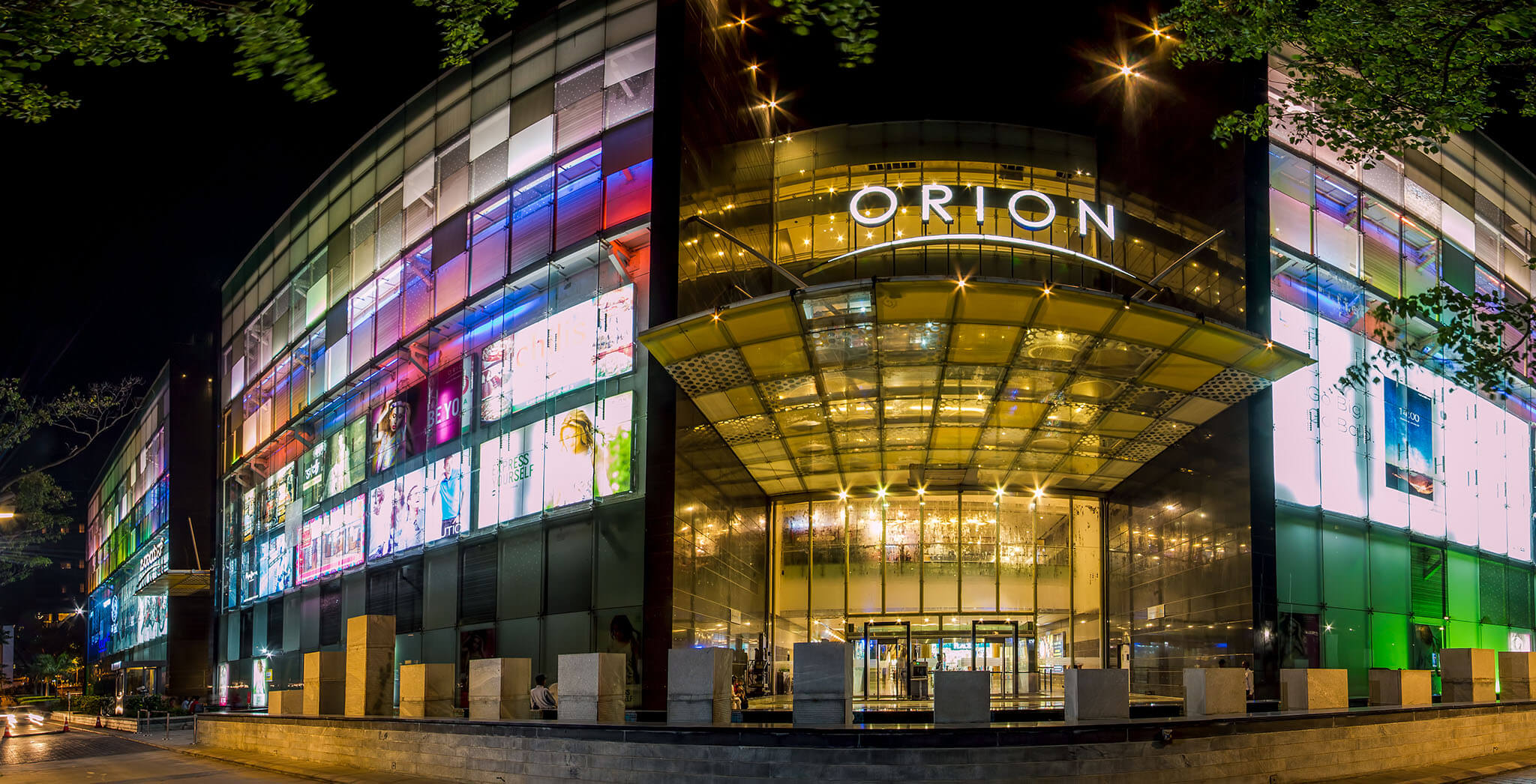
Minion has been deployed in Orion shopping mall, Bangalore to identify the energy consumed by each shop inside the mall. The minion is deployed on the power supply lines of 120 shops inside the mall which monitors the energy consumptions of each shop at appliance level in real-time and delivers an automated monthly energy bill report for each shop which maximizes their efficiency and reduces the operational expenses for the shopping mall.
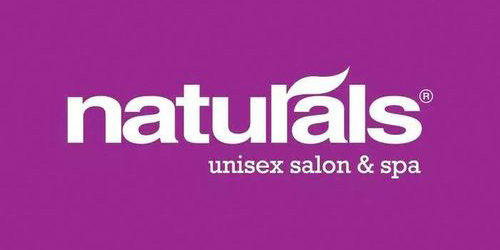
The HVAC and lighting are essential for the spa & saloons to make comfort the customers but these equipment’s are major contributors for energy consumptions. Minion is deployed in this spa & saloon, captures the energy consumption pattern and delivers insights about total energy consumptions and bills, detects specific device level issues such as energy guzzling, device tampering which helps the manager to solve the issues by themselves. These insights transform the spa & saloon buildings energy efficient and increase their energy and cost savings.
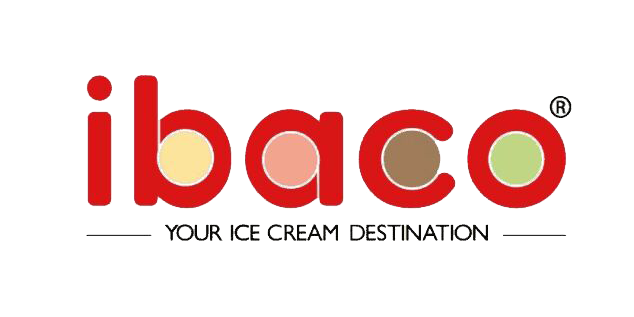
In a 1000 square foot food retail shop, the energy consumptions were too high and with existing smart meters and Building management systems, were not capable to deliver device level energy consumptions. The deployment of minion enabled the manager to identify the individual device wise energy consumption through the insights delivered by the minion analytics dashboard and figured out that the refrigeration systems alone represent 45% percent of the total energy consumption. These insights made them to save up to 24% percent in annual energy costs.
Highlights
According to the Energy Star, most of the hotels in the world spend $2,196 per available room on each year on energy. It represents 6% of their operating costs. This rate can change depending on the area, region and continent. Based on the statistical data of hospitality industry, a typical high-end guestroom consumes 50kW to 70kW of energy per day and luxury room consumes more than 80kW of energy per day. These consumption rates can change according to the size of hotel and location. Many vacation travellers and business travellers are travelling from one place to another place around the world. This results in the expansion of hotel services and increases the expectation of travellers regarding quality of service, comfort level and environmental friendliness of the hotel infrastructure. Energy consumption is an essential factor for environmental friendliness. The hotel operators are needed to notice their energy consumptions to reduce significant expense on energy and to achieve efficient energy usage.
Why do you need minion ems in hospitality? Return on Investment through energy savings
Guest comfort is the top most priority for the hotel operators which impact their profitability through the repeated visits of guests. The guests and staffs are indirectly accountable for facilities overall utility bill. On the other hand, industry data shows that guests will be outside of their rooms about 60 to 65 percent of time during the day. In that period, guest comfort parameters are not adjusted which causes the wastage of considerable amount of energy. These energy wastages are minimized by implementing energy efficiency measures. A 10% reduction in energy consumption would have the same financial effect as increasing average daily room rate (ADR) by $0.62 in limited-service hotels and by $1.32 in full-service hotels. The implementation of energy efficiency measures in hotels with high energy consumptions will lead to the potential energy savings of 5-30 percent annually which is a great asset for hotel's return on investment.
Energy efficiency challenges in hospitality industry
The electricity is the primary source of energy used in the hotel industry. The electricity bill is a huge part of expense in the operational costs of hotel buildings. The substantial energy is consumed in providing comfort and services to guests for enhancing customer experience and the energy efficiency of different end uses in hotel industry is frequently low due to the high energy consumption of various devices which contributes to the emissions of carbon footprint into the environment. As a result, the environmental impacts are greater than the similar sized buildings. This is caused by the excessive consumption of energy.
A typical hotel building architecture is classified into three zones:
- The Guestroom area – It is individual or private space area for guests. The guests mostly leave their rooms during the daytime to travel around some places either to tour or for business purposes. This produces some variations in the usage of energy loads which associated with guestroom utilization.
- The Public area – They are lobby, reception hall, meeting rooms, bars, restaurants and swimming pools which are utilized by many occupants in the hotel. This area consumes the most part of the electricity due the high internal loads.
- The Service area – This area includes offices, kitchens, store rooms, laundry area, machine rooms and other technical sections which is energy intensive areas requiring advanced air handling such as heating, ventilation and cooling.
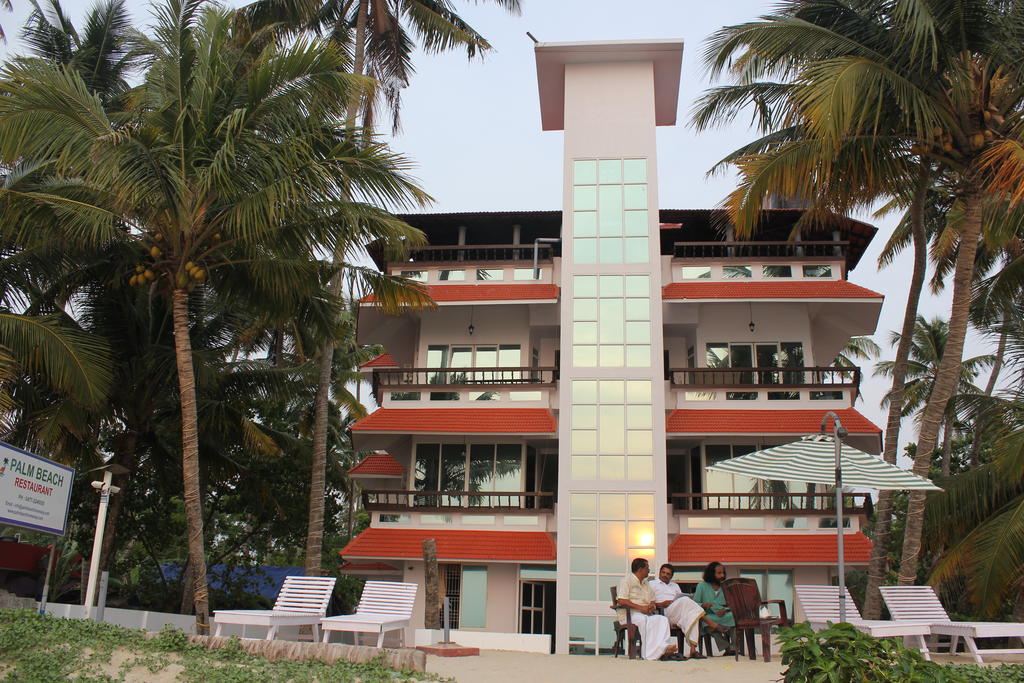
Alleppey Palm Beach Resort is a 3-star facility resort located in the seashores of Alappuzha in Kerala, in order to find the electricity consumption patterns and their hidden electricity costs Minion has been installed. Minion identifies electronic chimney, stoves and heaters in kitchen area are consuming electricity in abnormal pattern which results in high electricity costs. This insight made resort operator to take action on reducing the electricity consumptions and costs and potentially saved around 20 % on their annual electricity bill.
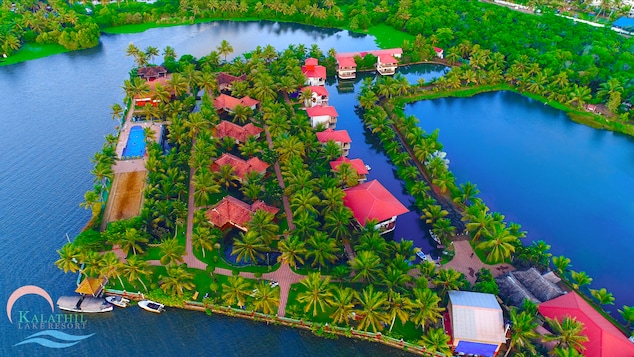
At Kalathil lake resort, the insights from minion provide the classification of energy efficient areas and energy inefficient areas in the resort. In energy efficient areas, Minion helps to maintain the energy efficiency for a long period of time by delivering insights of individual appliance wise electricity consumption pattern and in the energy inefficient areas, minion provide recommendations to reduce the unwanted electricity usage. These insights from minion enabled the Kalathil lake resort to reduce their electricity bills from 5% to 20% annually.
Highlights
The Global Investment in Energy Efficiency is increasing by 9% to $231 billion. The Rate of energy consumption is increasing in the world, among that End-Use sectors such as buildings are accounting for 58% of world’s total energy which consumed by appliances and lighting, stated by International Energy Agency. The Increased awareness in global carbon emission over the years, leading to the investments for implementing energy efficiency measures in buildings in order to reduce carbon Footprint. According to the Energy Information Administration (EIA) Report, the total energy consumption in the world rises from 575 quadrillion British thermal units (Btu) to 736 quadrillion Btu in 2040, with the increase of 28%. This increasing factor will lead to disaster in future so the energy efficiency measures are essential to be adopted everywhere in the world.
The International Energy Agency states that, the world’s energy demand by 2035 requires 40 trillion USD investments, Energy efficiency policy can substantially reduce 30% to 80% of consumption and these measures can reduce the demand in future. Buildings consume 40% of energy in most countries; they realized that potential savings are made through informed decisions. These informed decisions on energy consumptions can improve efficient energy usage. Improving energy efficiency is the key to ensure safe, reliable and sustainable energy system in future and it is the quickest way of addressing the solution for energy security, environmental and economic challenges in the world.

We found that after the deployment of minions in the Greenwood High International School Campus on 2019 has given 20.2% net savings in the total electricity consumption of the campus on 2018.
Problems identified
-
Fault Detection in Lighting Systems
In November 2017, the lighting systems in the boy’s hostel have produced some unusual pattern in the energy usage. This issue was detected by Minion through its appliance level insights. The building operator evaluated the lighting system in boy’s hostel by viewing these insights which results in device tampering, resulting in abnormal energy consumption in the building.
-
Abnormal Energy Consumption in HVAC
In May 2017, Minion found that, although cooling system in HVAC is programmed with high peak of 32 degree of cooling and 10 degrees of heating and 22 degrees of ventilation. The heating unit remained off, cooling and ventilation flowing in adequate rate in the office building in school. It produces more cooling, rises to high temperature which feels uncomfortable for occupants. This anomaly causes abnormal energy consumption in building, detected by minion and building operators evaluated the HVAC system; it results in failure of sensors which remained off the heating unit. The fault was recovered by insights delivered in minion’s dashboard.
Highlights
According to DEXMA’s analysis of data based on thousands of energy consumption readings from the banking sector, branches are responsible for 90% of the energy consumption of banks. Energy is ⅓ of the costs per location.
That 33.3% cost of the branch is distributed throughout the different facilities of the premises. Some of this equipment is common in “traditional” offices and the new store-branch concept:
Air conditioning systems (HVAC, by its acronym, which are very common in the energy sector). Both fans and air conditioning or climate systems. They are one of the office systems that can produce more consumption peaks since they depend on the season of the year and the variation in the outside temperature.
Lighting systems: the productivity and comfort of building users depend on this, as well as a significant proportion of the energy cost. It must also be taken into account that it must comply with regulations related to occupational risks and health of employees.
Work equipment: computers, monitors, touch screens, ATMs, electronic equipment such as tablets, mobile phones, etc.
Automation systems: one thing that is completely normal in any bank building is the use of building automation technologies, known as BMS or BAS.
Security systems: cameras, access control, alarms, etc.
The energy consumption in air-conditioning and lighting systems are responsible for 50-90% of the energy consumption in the branches.
Why do you need minion ems in banks?
- Perform a real-time analysis of energy consumption by various devices and appliances used in multiple branches of the banks.
- Analyse the comfort of users, both employees and customers. The energy manager of the offices to measure and analyse data such as temperature, CO2,lighting, etc. Optimising these consumptions will not only result in energy savings, it will improve comfort.
-
Analyse the behaviour and performance of the equipment and facilities in
each type of office. This will allow you to detect existing inefficiencies
and plan corrective actions. Doing this is important as it will influence
the investment amount: perhaps you should change some equipment that is in
poor condition or look for more efficient ones, for example,
- Configure alarms and consumption reports. These will automatically warn you of consumption spikes.
- Predict future consumption (forecasting) and be able to better plan the purchase of energy for the next month.
- To keep a track on when server is switched ON & switched OFF.
- Can be used for security features such as giving notification to Bank Manager if someone turned ON Lamp in Vault.
Highlights
Energy is one of the major factors that contributes for the economic development of a country. The Energy demand in the world increases 1.5% annually, global economy is growing at the rate of 3.4% per year and population that expands from 7.4 billion today to more than 9 billion in 2040, stated by World Energy Outlook. This rapid growth leads to more energy demand in future and sustainable measures to be taken in order to reduce the rate of energy consumption. According to the International Energy Agency (IEA), the building sector typically accounts for almost one third of energy consumption globally and it is an important source for carbon emissions. As a result, Global energy related carbon emissions has increased 1.4% and produced a high emission level of 32.5 gigatons in last year. The Implementation of Energy Efficiency policy will substantially reduce 30% to 80% of energy consumptions and this impact in reduced energy usage and low emission of carbon footprint in the buildings.
Why do you need minion ems in IT/BPO buildings?
The Energy Expenses in the office buildings can impact its profitability of the business. When it comes to IT/BPO buildings the concern is much higher due to its 24x7 operations with minimum variation. Generally, IT/BPO office buildings consume high volume of energy which results in more carbon emissions. The usage of high-cost assets like General processing units (GPU), storage devices require more electricity for its operations which costs huge amount of money. The HVAC system is the major contributor for the energy consumption in the building where the storage systems need to be cooled continuously to minimize the heat exited from it. The heating, cooling and ventilation spreads throughout the building in the appropriate ratio which operates on day and night, increases the energy consumption.
-
Challenges in Sensors Deployment
In the recent decades, IT/BPO buildings have been equipped with increasing number of sensors; these sensors detect or control the actions for driving the efficient use of energy. Even though the sensors produce some efficiency but a greater number of sensors has to be equipped throughout the building which makes deployment costs very high and installation process complex.
-
Connectivity Challenges
Accessing the accurate data from the building is a main challenge. This is due to the difference in the condition of systems and varying ages of the assets so the smart metering device has to be fixed externally with secure connection may needed to be established for transferring data. Though the volume of data can be significant and it can conflict in the extraction and processing of data while data transfer.
-
Financial Challenges
After the salaries, buildings are one of the biggest operational expenses for IT/BPO organizations. Energy consumption holds an important part in the operational costs. Although the cost of implementing the energy efficiency solutions is modest when compared to the operational costs of buildings, building management will face the challenges of demonstrating both cost and sustainability benefits in their business case.
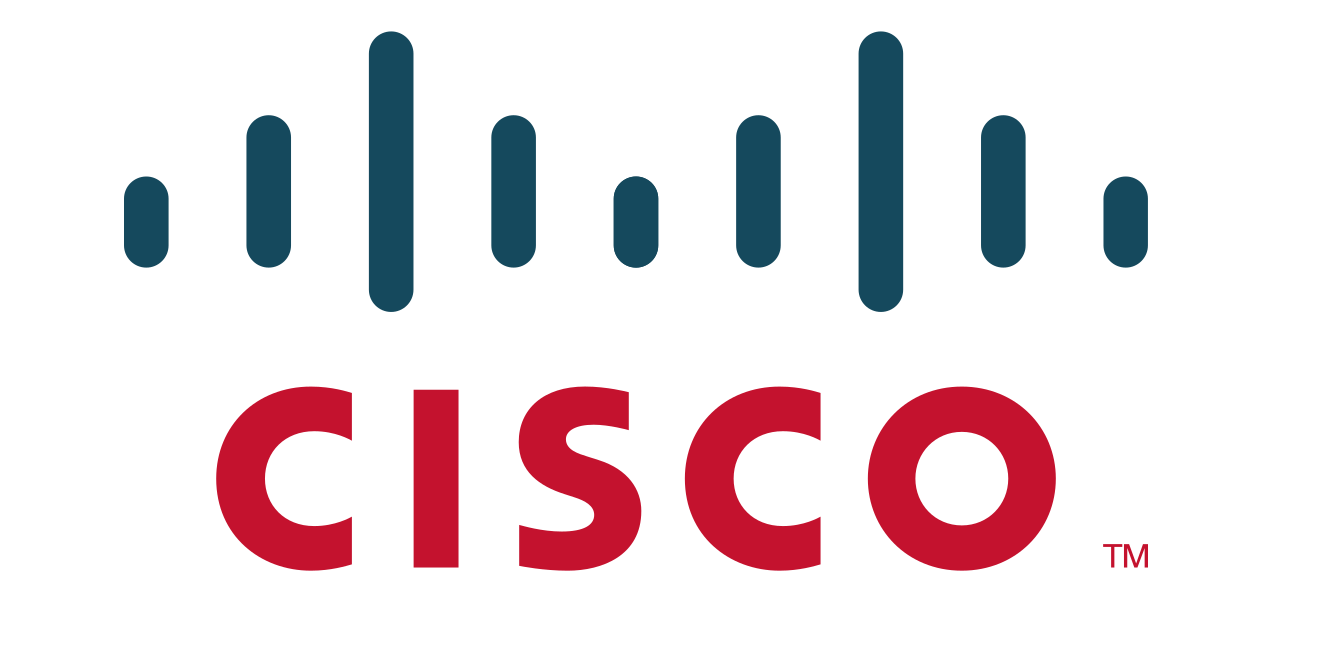

This case study is about the implementation of minions which provides real-time device level electricity consumption insights to IT/BPO office buildings delivered through its SaaS Platform. MinionLabs provides insights on energy consumption pattern of IT/BPO office buildings to take informed decisions to reduce their energy consumption. After the one year of implementation, IT/BPO office buildings could able to save more than 5% to 30% of their Energy Costs by changing their fundamental behaviour in electricity consumption from the Insights & recommendations of MinionLabs. This change in the pattern of electricity consumption in IT/BPO buildings is expected to increase the savings from the operational costs in upcoming years.
When the devices like computers, storage devices, CPU’s and GPU’s are aged, it draws some high power than past due to its long-time utilization. This produces some variations in the energy consumption pattern of the specific device as well as in the whole building which results in inefficient energy usage and electricity bill attacks. These abnormal energy consumptions are minimized by the individual device wise insights delivered by the minion analytics dashboard which enables the building operators to cut down the energy costs.
The major energy consuming systems like HVAC, lighting systems are essential for the IT/BPO buildings to produce the heating, cooling and ventilation for the occupants and to cool the storage systems and also provides lighting for the employees across all day and night. These equipment’s energy consumption pattern is captured by the minion and delivers the insights to the building operators when there is any energy guzzling or device tampering issues on these equipment’s. These insights transform the IT/BPO buildings to use the energy efficiently, reduce the operational costs and reduce the downtime.
Highlights
The micro, small, and medium enterprises (MSMEs) sector in India is heterogeneous in terms of products manufactured, firm size, processes and technological advancement, and volume and types of output. Within the MSME sector, firms engaged in energy-intensive operations incur disproportionately higher costs as these firms pay more per unit of energy compared to larger industries making them more vulnerable to increases in energy prices. In addition to the cost savings it offers, energy efficiency (EE) is recognised across the world as a cost-effective way to mitigate climate change and increase economic productivity and competitiveness.
Why do you need minion ems in SME’s?
- Asset Health Monitoring & Predictive Maintenance
- Over the period of time equipment’s & machineries start deteriorating. Though predictive & preventive maintenance are done, sometime it happens that equipment gets damaged before the maintenance due date. Reason being with time the deterioration rate also increases. With help of Minion EMS, sudden failure of equipment can be saved. By benchmarking the rated consumption of equipment, whenever the equipment starts consuming more than its rated power, it sends alerts with possible cause of extra consumption and time being if maintenance is done, sudden breakdown of equipment can be avoided. And assets health monitoring can be done on real time basis, resulting in lower downtime and increase in energy efficiency.
With an increase in the population of working professionals and students, the number of paying guest buildings and hostels has also increased.
But in the current scenario the occupants residing in the building be it a working professional in paying guest buildings commonly known as PG’s or a student in hostels at a boarding college and universities never tend to be cautious about certain things which of course they give much attention at their home… For example, they leave behind the fans, lights, geysers, chargers and air conditioners switched ON until they return back to their rooms.
And it even happens in common areas where television & other appliances which remain switched ON even when not in use. This is obviously a wastage of electricity which leaves high electricity bills and loss for the management.
Certain hostels and paying guest buildings have posed a restriction on usage of appliances and devices like Mobile phones (in certain colleges and universities for the students) and electric induction stoves etc., but the occupants still tend to use them without the knowledge of the building manager which also a loss for the management.
So, what steps do the management take to these days to tackle these problems?? Nothing much than appointing multiple persons to watch over. But still the problem persists and by appointing multiple persons, the management loss & cost is being increased only.
What if a smart device at an affordable price can solve all your problems?? Relieve you from stress?? And reduce your electricity bills and overall loss? Interesting right??
Minion EMS has come to free you from all these problems. Minion tracks each and every appliance and device turning ON and OFF inside the building and alarms the management in case of any negligence… It works beyond your expectations at an affordable price.
Every day, our species chews its way through more than a million terajoules of energy. That’s roughly equivalent to what we would use if all 7.5 billion of us boiled 70 kettles of water an hour around the clock ~ by BBC World. With the global population swelling and industrialization on the rise in developing nations, humanity’s hunger for energy has reached unprecedented levels. In India alone, GHG emissions in 2015 stood at 3,571m tones of CO2 equivalent (MtCO2e) Emissions increased over three-fold since 1970.
To fight such an alarming increase, Minion Energy Management Solution (EMS) is focused on tapping every possible energy saving opportunities for our future generation to provide a carbon neutral world.
Why do you need minion ems in Real Estate / Apartments / Residential Complex?
In order to save energy costs in any building, consumers should have each and every appliance level energy consumption data, then only he/she can make necessary energy savings practices, behaviour change, predictive maintenance, etc. to save energy costs. To solve a problem in a system one must know where it exists, and to find where it exists you need to monitor the system. Hence without monitoring there is no solution to the problem and likewise in the case of excess carbon footprint we need to find the source of it and how it can be reduced which is only possible if we know how exactly the trend of consumption is going, and what measures can we take to reduce it or to limit it.
Minion EMS, the Smartest Energy Monitor will be installed at the MCB-board / Bus Bar-Panel of the building with current clamps (CTs) and Voltage cables connecting directly to mains. Each Minion product comes with an installation manual to guide your electrician or installer throughout every step of the installation. Upon successful installation, Minion EMS calibrates automatically and sends your building energy consumption data to the cloud to perform 5 Ai Practices such as Descriptive, NILM, Diagnostics, Predictive and Prescriptive Analytics.
Use Cases
Society Common Area Monitoring
People staying in a society or apartments faces a common problem i.e., unnecessary energy consumption at common area. People don’t have any means to monitor the energy consumption occurring at common area. With the help of Minion EMS, real time monitoring can be done of common area and street lights, which will eventually alert the user if any unnecessary consumptions is happening.
Every House as Smart House
People spend a good amount of money while purchasing a house, what if the same house can be turned into a smart house. With the help of Minion EMS, every house can be turned into a smart house and person buying the flat will have all the appliance level real time data monitoring as well as remote control.
This use case aims to support the India’s national carbon emission reduction and energy savings, safety, and comfort in railway station buildings in a cost-efficient way from the perspective of Minion Energy Management Solution, with expected energy savings of 20% through implementation.
The use of Minion EMS controls supports reduction of energy consumption, minimization or elimination of energy wastes, and cost savings. Strong institutional mechanisms and railway building management methods and policies also promote technological innovation. Moreover, these are necessary to balance the interests of multiple parties to be able to achieve energy efficiency in railway station buildings in India.
Domestic Railway Stations in India – Current Energy Consumption & Deficiencies
- Current average energy consumption of large stations is 214 kilowatt-hour per square meter per year (kWh/m2/y). Compared with the energy consumption of 114 kWh/m2/y of a large public building in India, railway stations have high energy-saving potential. Energy consumption of northern stations is 278 kWh/m2/y and that of traditional stations is 307 kWh/m2 /y; this offers huge potential for saving energy.
- Major deficiencies of current railway stations can be identified.
- Overall, In the design stage, passive analysis and its measures are not considered seriously and there is no energy submetering system. In the procurement stage, too many suppliers and vendors present more challenges for integration, and there is a lack of comprehensive technical criteria for contractor evaluation and acceptance in tender requirements and contracts. In the construction stage, there is lack of independent, integrated testing and commissioning. In the operation stage, facility operators are not involved in acceptance procedures, and lack sufficient training to understand systems. Energy consumption is seldom monitored thus there are no baselines to compare with possible improvements. Solving the aforementioned problems will provide a stable basis for achieving energy-saving targets of railway stations in India.
- 4. Less than 50% of building management systems in India are used for energy savings, of which less than 30% meet the performance requirements, and less than 20% can automatically control air-conditioning systems, thus there is an urgent need of Minion EMS for Railway Stations in India.
Energy Saving Rates by Minion EMS and International Experience
Minion EMS can help reduce energy usage by as much as 40%. If the 20:80 ratio between construction costs and operating maintenance costs is considered, the core value of Minion EMS will be even more significant. For new buildings, Minion EMS can save as much as 20% compared with manually operated facilities. For existing buildings, energy efficiency may increase significantly by 18% on average after recommissioning.
Success of Minion EMS implementation comes from true understanding of automation. Minion EMS is the interaction between building envelope, building services, and human factors, and it means the fundamental integration of all systems. It requires careful checking and verification throughout the design, installation, and commissioning stages and operation. Minion EMS not only require hardware to be installed but also rely on accurate analytics Cloud Application. An international case study shows that integrated hardware and software analytics systems are required as a platform to monitor and control all building equipment as well as an integrated energy management platform to monitor all energy consumption to achieve the above objectives.
Summarized are over 40 buildings with Minion EMS already used in commercial buildings in India, which are also suitable for railway station buildings. International experience shows that integrative design is essential for an integrated system to work rather than technologies being simply stacked together. Intelligent low-carbon railway station design and technical application should be a correct and comprehensive procedure. First, adopt passive design strategies to optimize building orientation and form according to the local climate and site conditions. Second, adopt active design strategies for highly efficient equipment to provide heating, cooling, ventilation, and lighting. Third, adopt Minion EMS for building envelope and equipment based on actual demand to sustain a safe, comfortable, and energy-efficient building environment. Finally, in terms of renewable energies, carry out technical and economic assessments to avoid possible failures and long payback periods.
Minion EMS provides a Single Solution for Energy Monitoring, Solar NET Metering, Smart EV Charging, Dynamic Load Balancing, Control over HVAC through a cloud-based application.
Interested to know more possibilities tailored to your building infrastructure requirements?
